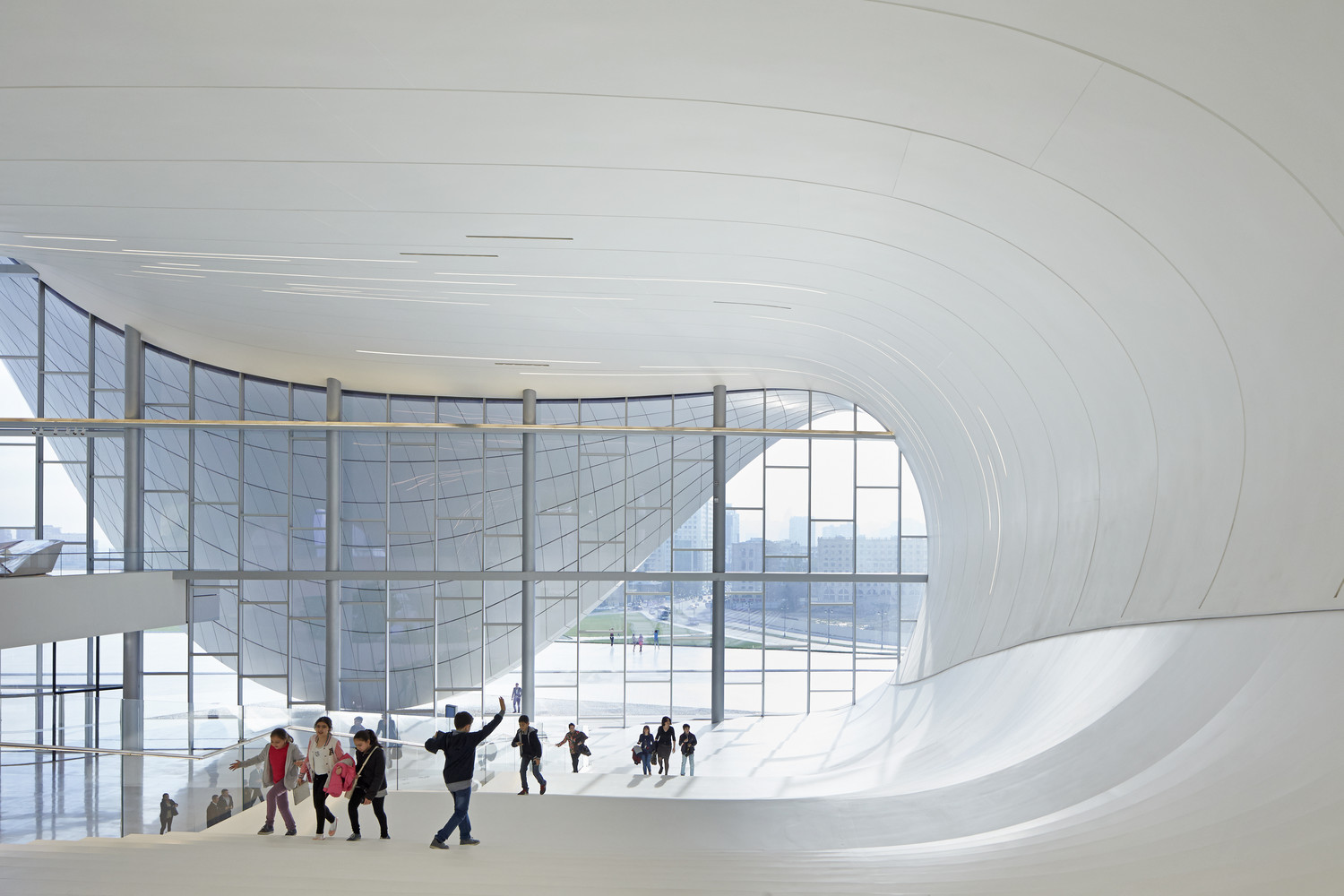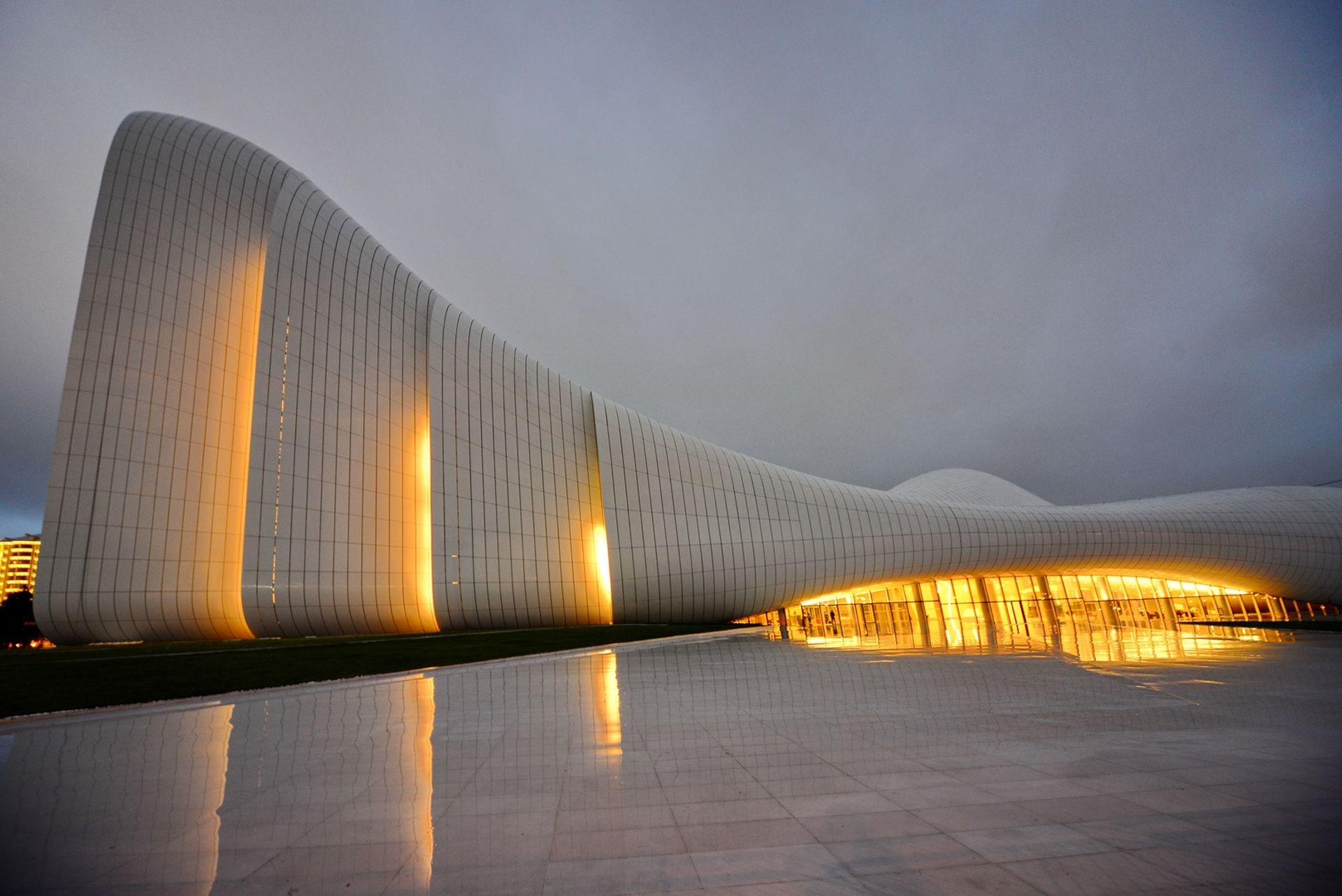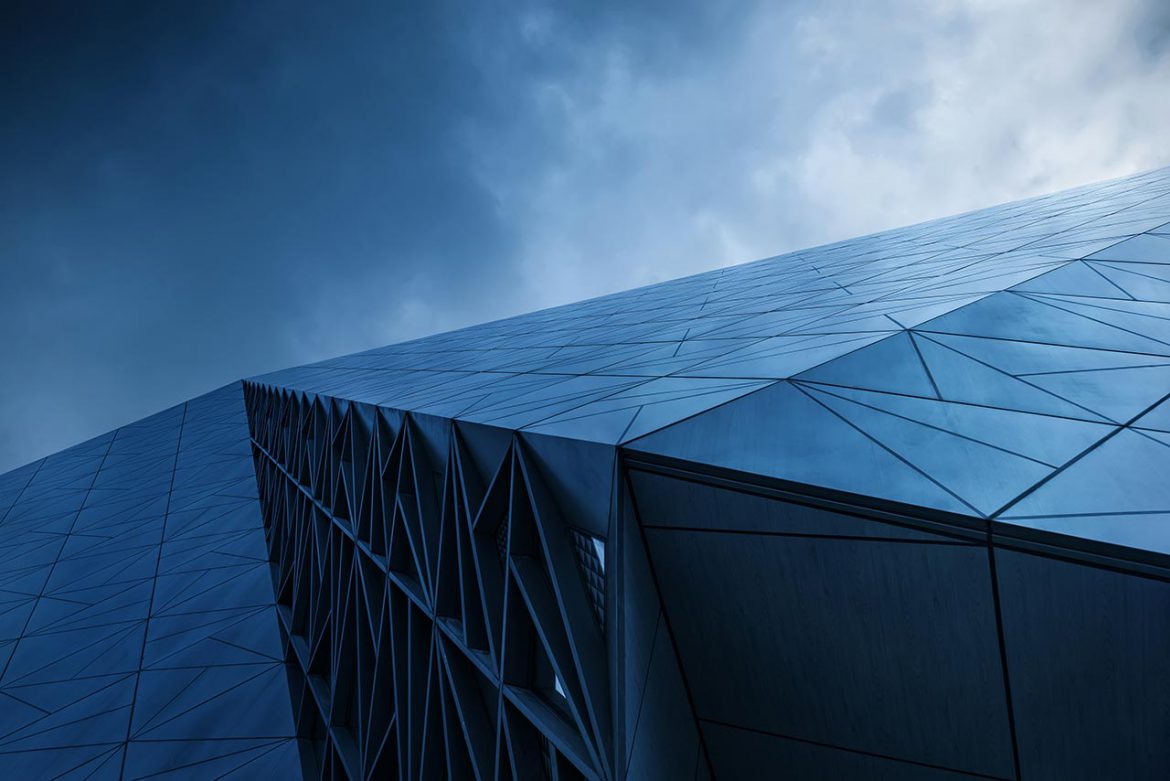

Close


todayAugust 14, 2019

todayAugust 14, 2019

The centerpiece track of the conference is the Pitch Track with public and private sector investors and delivery professionals in the solutions market hanging on every word
todayOctober 27, 2020

todayAugust 14, 2019

Buildings have the power to determine how we feel, as well as how we function. Architects and builders would be wise to Inviting a psychologist to “pull up a couch” the drawing board to insure that the psychological effects of the built environment.
What does a depth psychologist find at an architectural conference? You might first ask, “What is depth psychology?” With its origins in the work of Freud and Jung, depth psychology seeks to know what lies below the surface of conscious awareness as revealed via creative acts, symptoms, dreams, ideas, and other non-volitional experiences. It also considers what is not said/done as well as what is said/done as a way of understanding the human psyche vis a vis the social and physical landscape of which we are all a part.
Architecture is the learned game, correct and magnificent, of forms assembled in the light.
Le Corbusier
Drawing on the insights of history, mythology, literature, anthropology, philosophy, and the arts, and using tools such a deep listening, dialoguing, narrative, and imagining, depth psychology offers multiple reflective and interpretive lenses.
Recognizing that the psychological effects and implications of architecture may be something which is considered, but not always given voice to, I attended various seminars with my depth psychological attuned ears wide open to find out if and how things psychological were discussed or not. My reflections are based solely on my experience of each particular seminar, are by no means exhaustive, and are not intended to be generalizable.

With a nod to Freud and Jung, I, pulled up my imaginary couch and put my first patient on it: the Kentlands’ seminar. Amongst other points, the presenter noted that the New Urbanists’ approach delineates what type of structure/structural elements fit well in particular contexts, which from a psychological point of view speaks to a group cohesiveness model.
Group cohesiveness of an informal group, such as a section of a neighborhood, varies
widely based upon shared values, goals, and level of interdependence. Curiously, one of the methods of strengthening group cohesiveness is having something/someone that does not fit well which is perceived as other and/or does not seem to contribute to the harmony of the group. Depth psychology would wonder, how this phenomenon is or is not factored in to the Transect model? Paradoxically, the architects and planners should plan to put in the “outsider” to hold the remaining community together.
Written by: admin

labelTech todayAugust 14, 2019
Buildings have the power to determine how we feel, as well as how we function. Architects and builders would be wise to Inviting a psychologist to “pull up a couch” [...]

labelTech todayAugust 14, 2019

labelTech todayAugust 14, 2019
The centerpiece track of the conference is the Pitch Track with public and private sector investors and delivery professionals in the solutions market hanging on every word
Vendors and startups with new ideas to sell making the case for their offering to become the solution of choice for the problems facing the world’s most crucial delivery services today
Real people working to deliver real results for real customers will share their pain points and the metrics on which they need to move the needle, so you can devise and present a genius solution
Opinionated and influential leaders in the technology industry will speak, review, and comment on the proceedings
Established businesses and new entrants bringing proven solutions and innovative new ideas to the APPortunity marketplace

labelTech todayAugust 14, 2019
Subscribe now and receive our weekly updates.
Post comments (0)